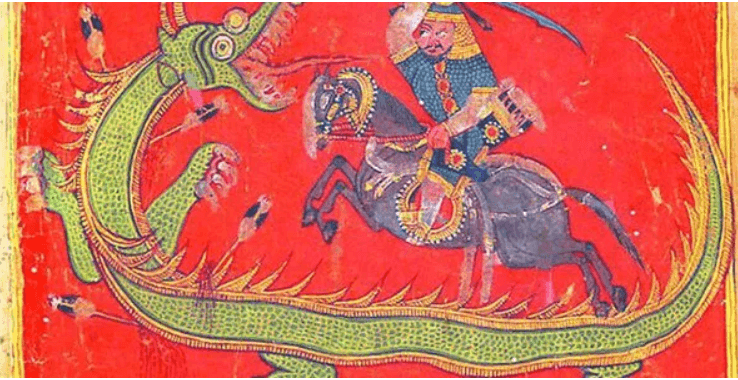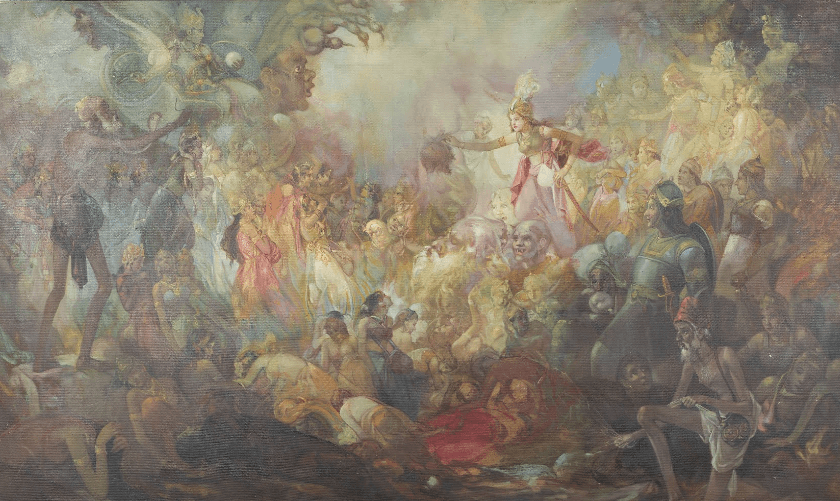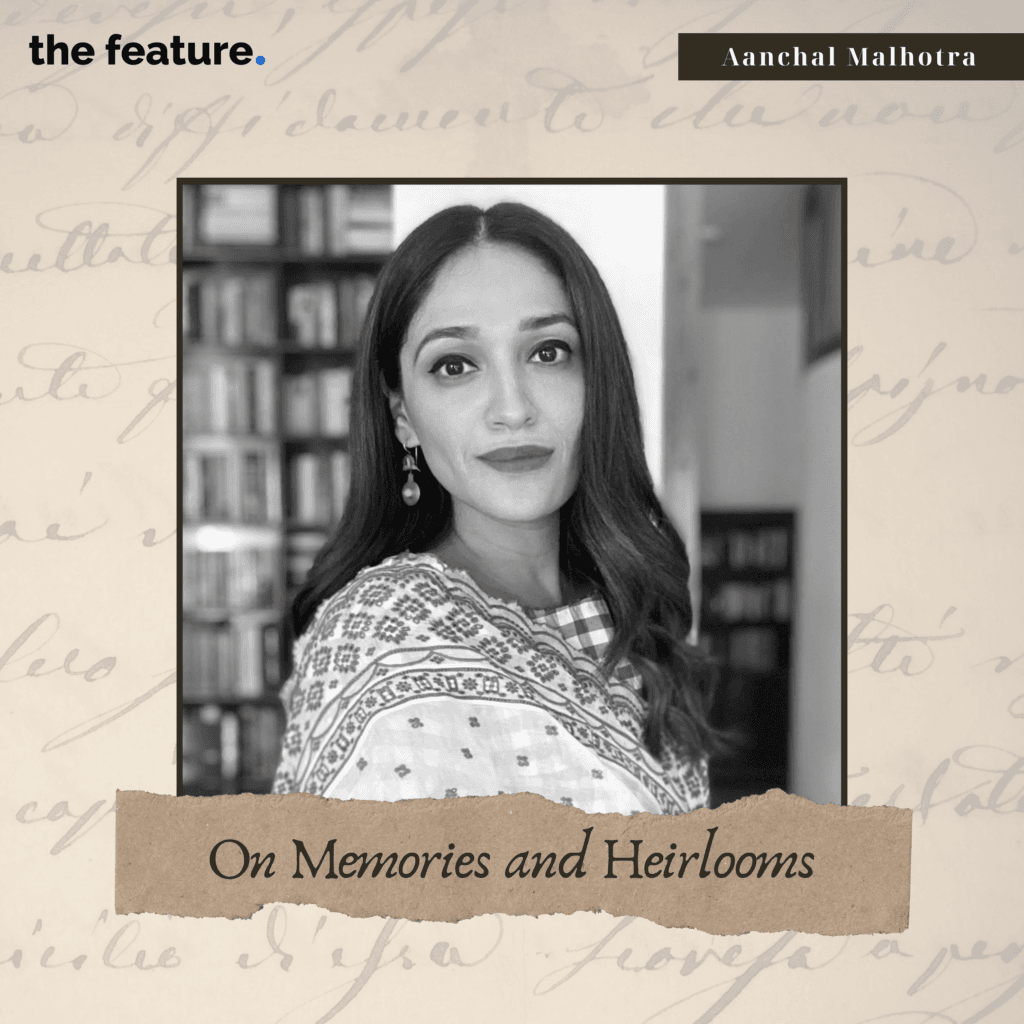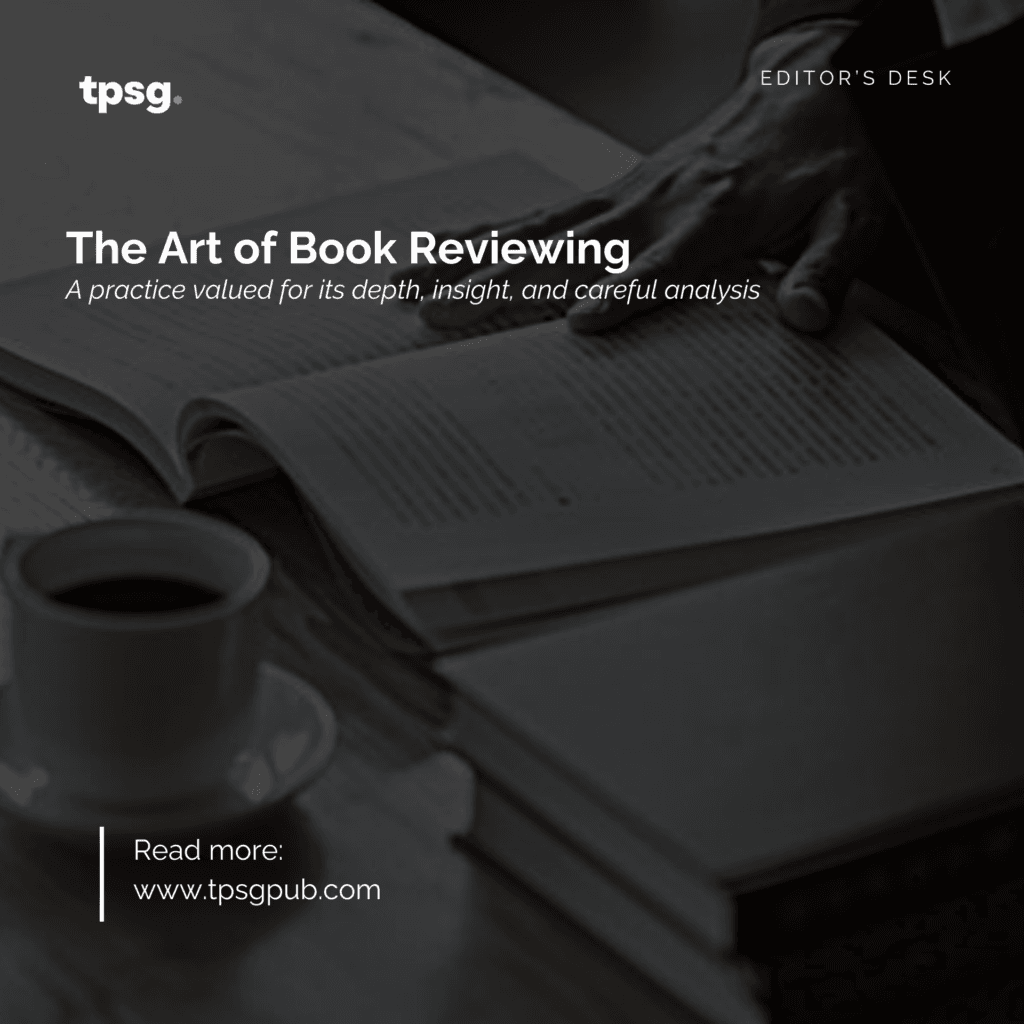Throughout history, mythological tales and regional folklore have been a part of South Asian literature. Be it the ancient oral tradition of storytelling or the contemporary literature of the 21st century, retelling the stories from the ancient past has been a major part of the region. While writers have catered to the tradition of storytelling for centuries, contemporary authors have also taken a liking to reinterpreting historical instances through the modern lens of understanding. Examples of such texts can be found in the literary canons of several regions.

Starting with the timeless translation of Tilism-e-Hoshruba: The Enchantment of the Senses by Shahnaz Aijazuddin which has been a spectacular retelling of hundreds of stories about Umer o Ayyar. The tale is a fabulous rendition of the Persian epic Hamzanama and touches upon several issues in society. With the aid of magic-infused scenes, the text refocuses the old tale in a contemporary light. While addressing issues pertaining to the battle between good and evil, the quest for knowledge, corruption, the identity crisis, cultural heritage, and the ephemeral nature of the known world, the text focuses on modern issues in the light of the bygone past to gain knowledge. The translation aims to bridge the gap between the younger and the older generations and tries to reintroduce ancient folklore in the present literary circles.
Girish Karnad’s ethereal play Nāga-Mandala retells the story of Indian mythology based on serpents. The play revolves around the themes of the divine power of serpentine deities, the ouroboric cycle of life and death, the interplay of human and non-human entities, moral restoration, and much more. Karnad incorporates the ancient myth into a folklore narrative and symbolizes many meanings that are attached to the said myth. His rendition of the myth focuses on modern issues of gender roles, patriarchal norms, female subjugation, and the exploration of self and truth. The play offers a window of exploration for the contemporary audience and urges the readers to reinterpret the historic past in the present moment of cultural ambiguity.
Moving on to the incorporation of magical realism laced with mythological references, Usman T. Malik’s novellas titled City of Red Midnight: A Hikayat and The Pauper Prince and the Eucalyptus Jinn both expound upon the ancient myths and folklore from the South Asian region, thereby weaving a rich tapestry of allusions.

In the former, the author expounds upon the ancient myths of jinns and transformative beings, mythical landscapes and cultural allusions, along with the myths attached to female bodies. Malik’s genius lies in his reinterpretation of these references in the light of current social issues where female bodies, to this day, are demonized for their differences. The nuanced exploration of sensitive issues pertaining to women and the society’s reaction to their decisions makes City of Red Midnight: A Hikayat an astounding read for contemporary readers. The blend of old and new narratives, along with a sensitive awareness of several issues, makes this text the epitome of South Asian literature.
The latter text, namely The Pauper Prince and the Eucalyptus Jinn, relies heavily upon ancient thoughts and myths of relics, jinns, divine trees, talismans, and divine beings. The text explores themes of exile, cultural heritage, historical past, the ambivalent nature of truth, and the intersection of the mundane with the supernatural in South Asian folklore. Herein, the author reinterprets the mythological instances in present-day issues while also commenting on the process of self-discovery and multiplicity of a given story.
All of these writers, along with several others from the South Asian region, bring the historical past, mythology, folklore, symbols and narratives, into the present literary realm in an effort to define and construct our understanding of the self and the world around us in the light of the past. Their efforts to coalesce the temporal instances across the never-ending fabric of our known world are praiseworthy. Along with this, their intricate weaving of ancient mythology into the contemporary fabric of narratives makes their work magnum opuses of 21st-century literary endeavors.




